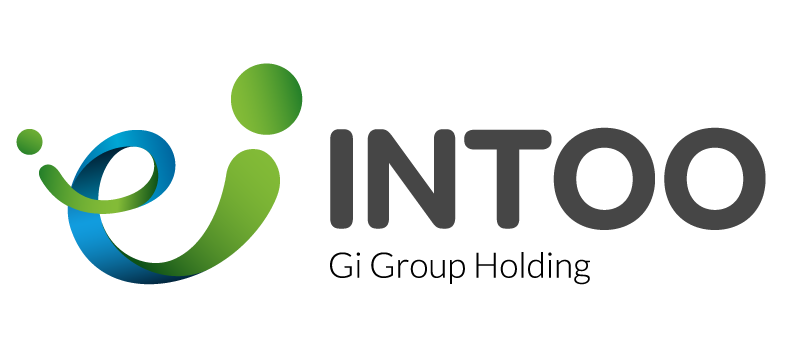What Is Federal Income Tax Withholding? (FITW)
Federal Income Tax Withholding (FITW) is a system implemented to collect federal income tax from employees’ wages. It involves deducting a portion of an employee’s earnings directly from their paycheck, which is then remitted to the Internal Revenue Service (IRS) on their behalf. FITW aims to ensure that individuals pay their federal income tax obligations gradually throughout the year rather than in a lump sum during tax season. The amount withheld depends on factors such as the employee’s income, filing status, and the number of allowances claimed on their W-4 form. Essentially, FITW serves as a mechanism for the government to collect taxes efficiently by deducting a portion of income at the source, thereby facilitating the funding of various federal programs and initiatives.
How Is Federal Income Tax Calculated on Paycheck?
Employers calculate federal income tax withholding on paychecks using information provided by employees on their W-4 forms. The process involves several steps: First, determine the employee’s filing status, whether single or married. Then, consider the number of allowances claimed, which impacts the amount of tax withheld. Utilize the IRS withholding tables or withholding calculator to determine the appropriate withholding amount based on the employee’s taxable wages, pay frequency, and filing status. Apply the progressive tax rates outlined by the IRS, where different portions of income are taxed at varying rates. Ensure compliance with any additional withholding requested by the employee, such as for bonuses or supplemental income. Effective federal income tax withholding practices can help employees better manage their finances, allowing them to fully utilize their employee benefits without the stress of unexpected tax liabilities.




